A day in the Leaf: we spend some time with Nissan’s newest electric car
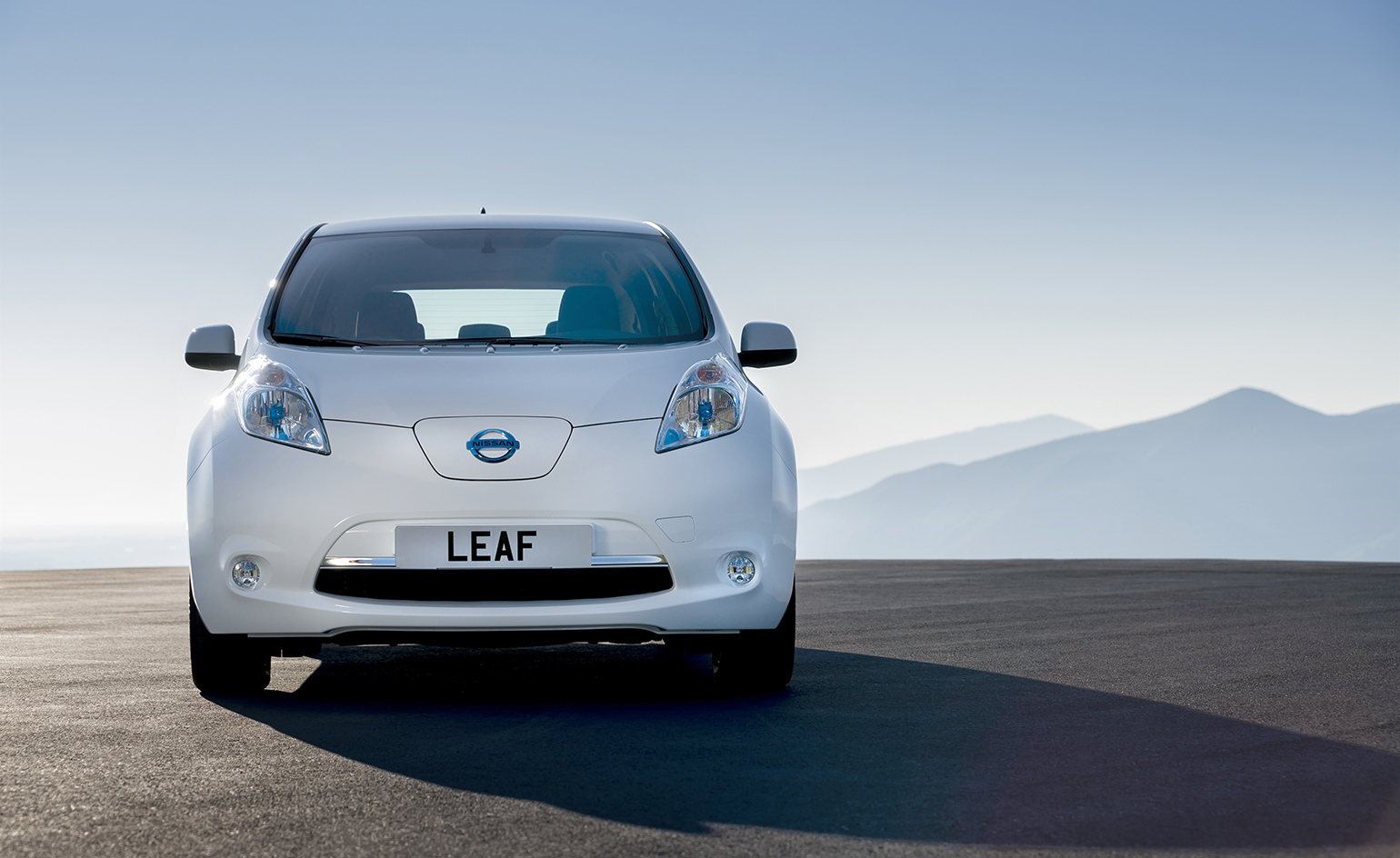
EVs are still teetering on the edge of widespread adoption and it’s still all about the infrastructure. Like any new technology, the initial take-up has been high profile but low volume and while Tesla gobbles up the media attention, there is a world of more workaday electric cars out there, from tiny two-seater city runarounds to straightforward family saloons. The only reason these machines haven’t entirely usurped the internal combustion engine is the issue of range.
Range remains something of a psychological hurdle for the EV industry. With regular day-to-day use and increasing familiarity with what you actually need, this initial insecurity is swiftly banished. Because ultimately, that’s all it is – insecurity, a nagging worry that you are being ruled by the needs of your car and not the other way around.
A week in Nissan’s Leaf does much to dispel the doubt. The Japanese company has built 50,000 Leaf EVs in the UK alone and another 170,000 or so in its other factories around the world, making it one of the best-selling mass-market EVs of all time. The Leaf continues to be updated, and the latest model boasts a boosted range of up to 155 miles.
The Leaf has always been a self-consciously odd design, presenting a profile akin to an anteater on the prowl. Hatchback-shaped but closer to a SUV in size, the Leaf offers a hefty chunk of practicality without being too unwieldy. Stripped of the unnecessary bulk of an engine and gearbox, there’s more space inside than a conventionally-fuelled machine. The dashboard does a good job of conveying information on range and energy-usage (driving as efficiently as possible is an essential for any dedicated EV owner), and the general equipment level is excellent.
What happens next is up to you. As well as the existing network of chargers – and the potential for a private device at home, should you have the facility – Nissan is keen to branch out into next level thinking. Nissan recently announced its xStorage system, a new ‘vehicle-to-grid’ venture designed to exploit the excess electricity stored in your battery and the fluctuating cost of charging. Put simply, xStorage feeds back spare electricity into the grid when prices are high and charges your Leaf (or EV200 van) back up when prices dip, essentially functioning like a little day trader in a box (albeit a box stuffed with used Leaf batteries). The grid gets extra energy at times of high demand and the car benefits from the low cost of off-peak power.
Ideas like this benefit hugely from the economies of scale, so yet again it’ll be up to the early adopters. Their minimal financial returns will be matched by a big payout in futurist credibility. Along with devices like the Tesla Powerwall and the news that companies like Apple and Dyson are working behind the scenes on an electric car, and Nissan’s ongoing work with Foster + Partners to shape the ‘fuel station of the future’, and it’s clear that the world of car design, ownership and use is inevitably going to be different. For example, that ‘future station’ isn’t a conventional pitstop at all, but a combination of different charge spots – street, home, office, garage – and the smart cycling of cleanly-generated energy, back and forth between car and grid. These are far-reaching visions, made all the more compelling by the fact you can buy into it today.

The Leaf has always been a self-consciously odd design, presenting a profile akin to an anteater on the prowl
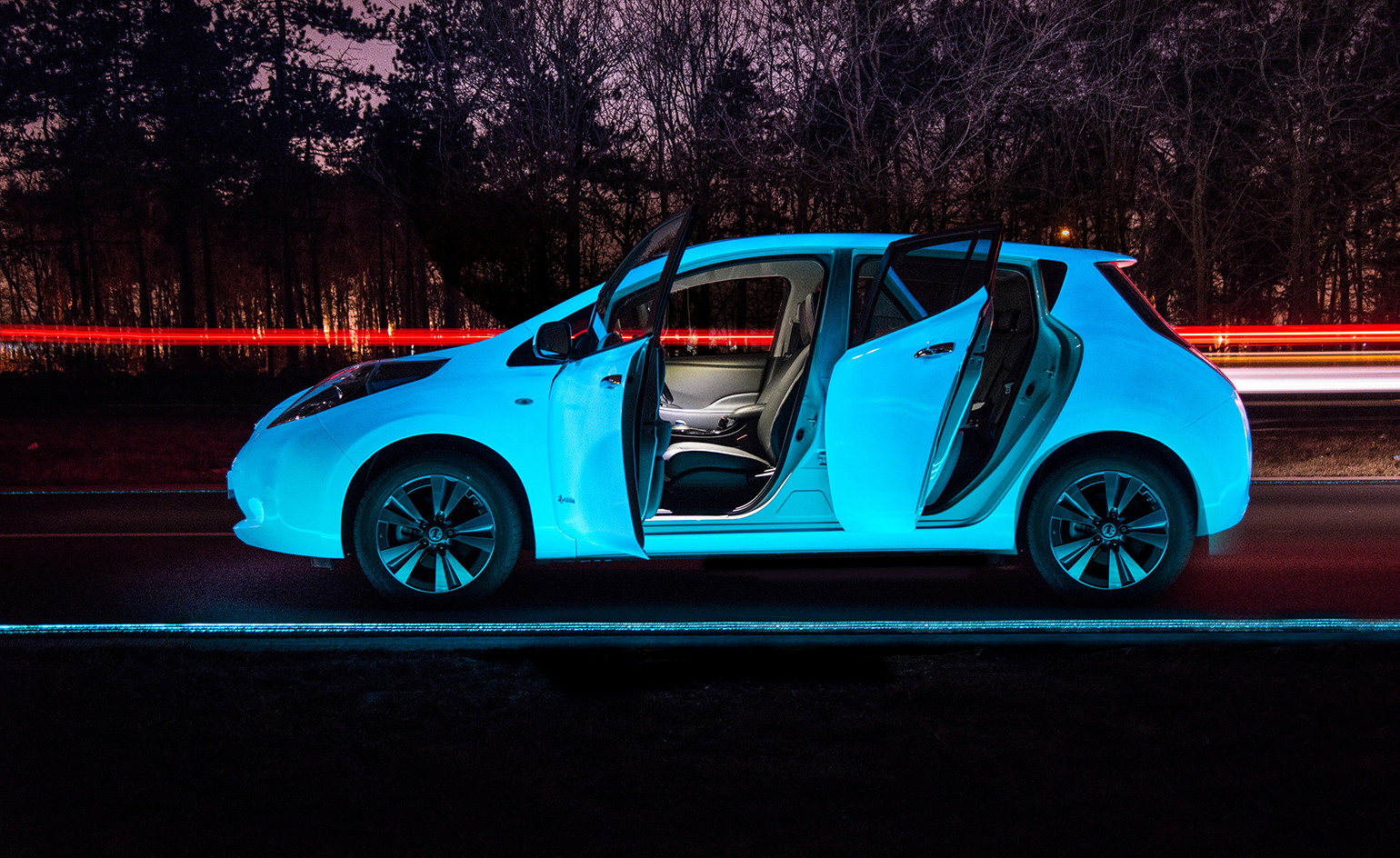
Hatchback-shaped but closer to a SUV in size, the Leaf offers a hefty chunk of practicality without being too unwieldy
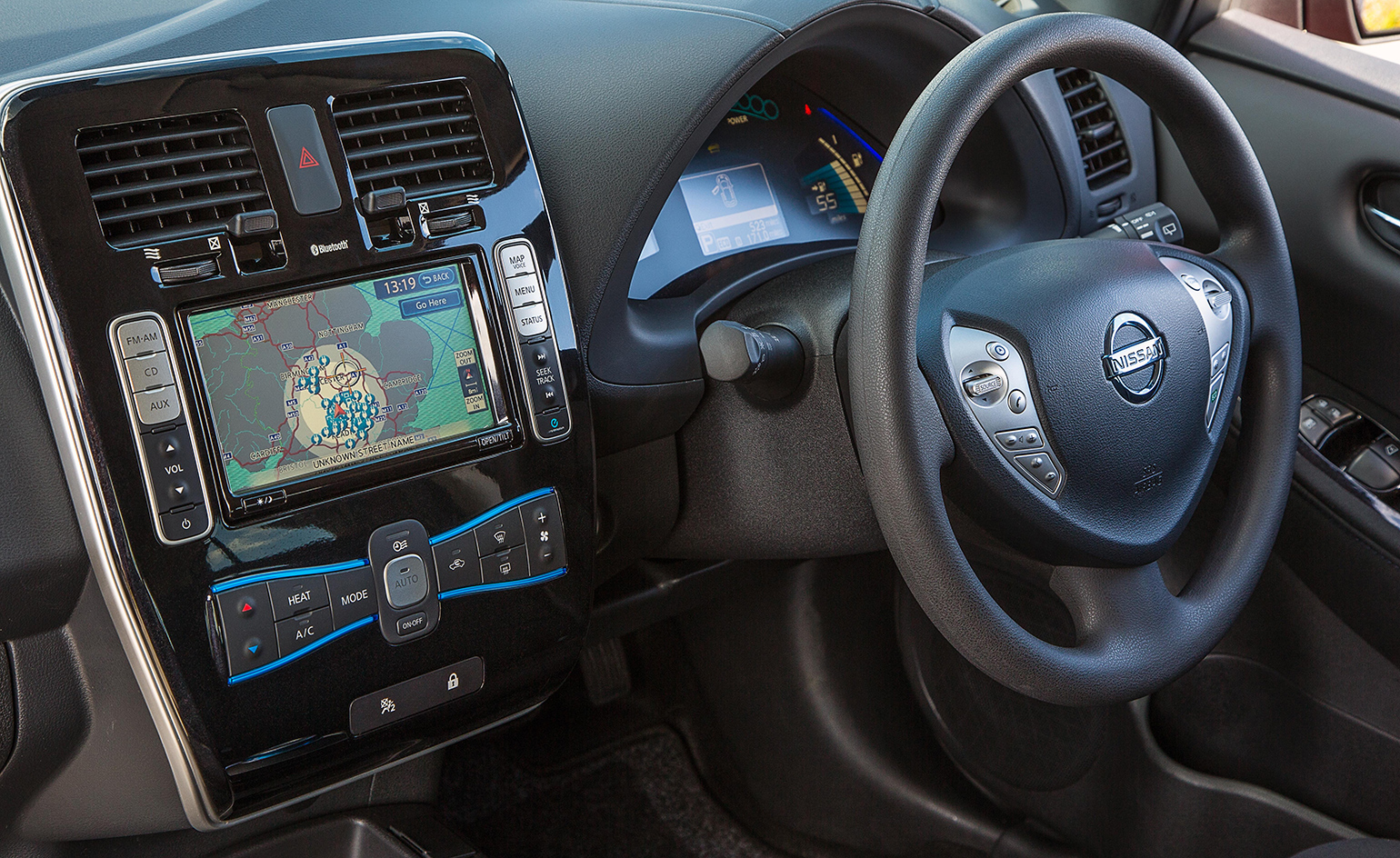
Stripped of the unnecessary bulk of an engine and gearbox, there’s more space inside than a conventionally-fuelled machine
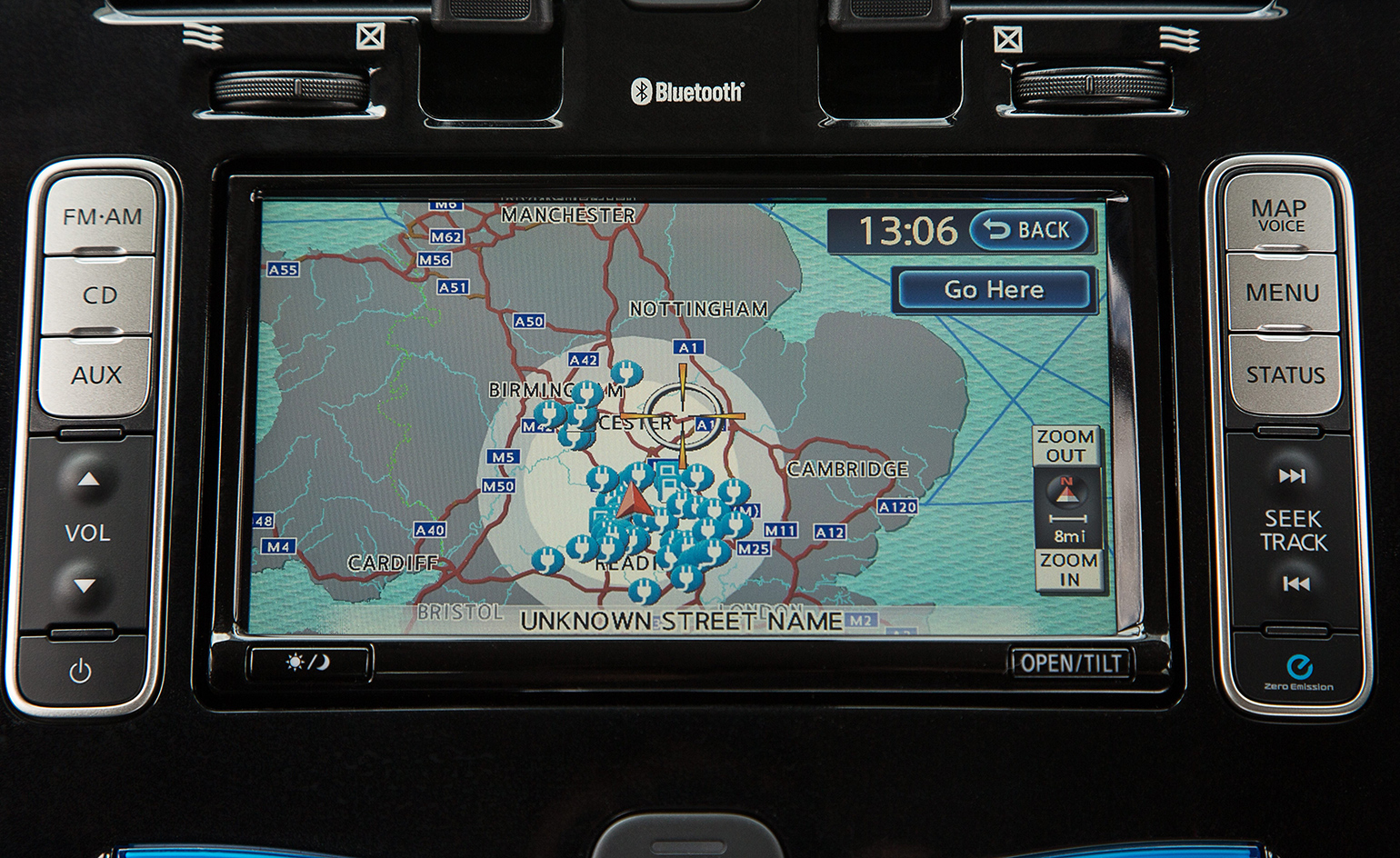
The dashboard does a good job of conveying information on range and energy-usage (driving as efficiently as possible is an essential for any dedicated EV owner), and the general equipment level is excellent
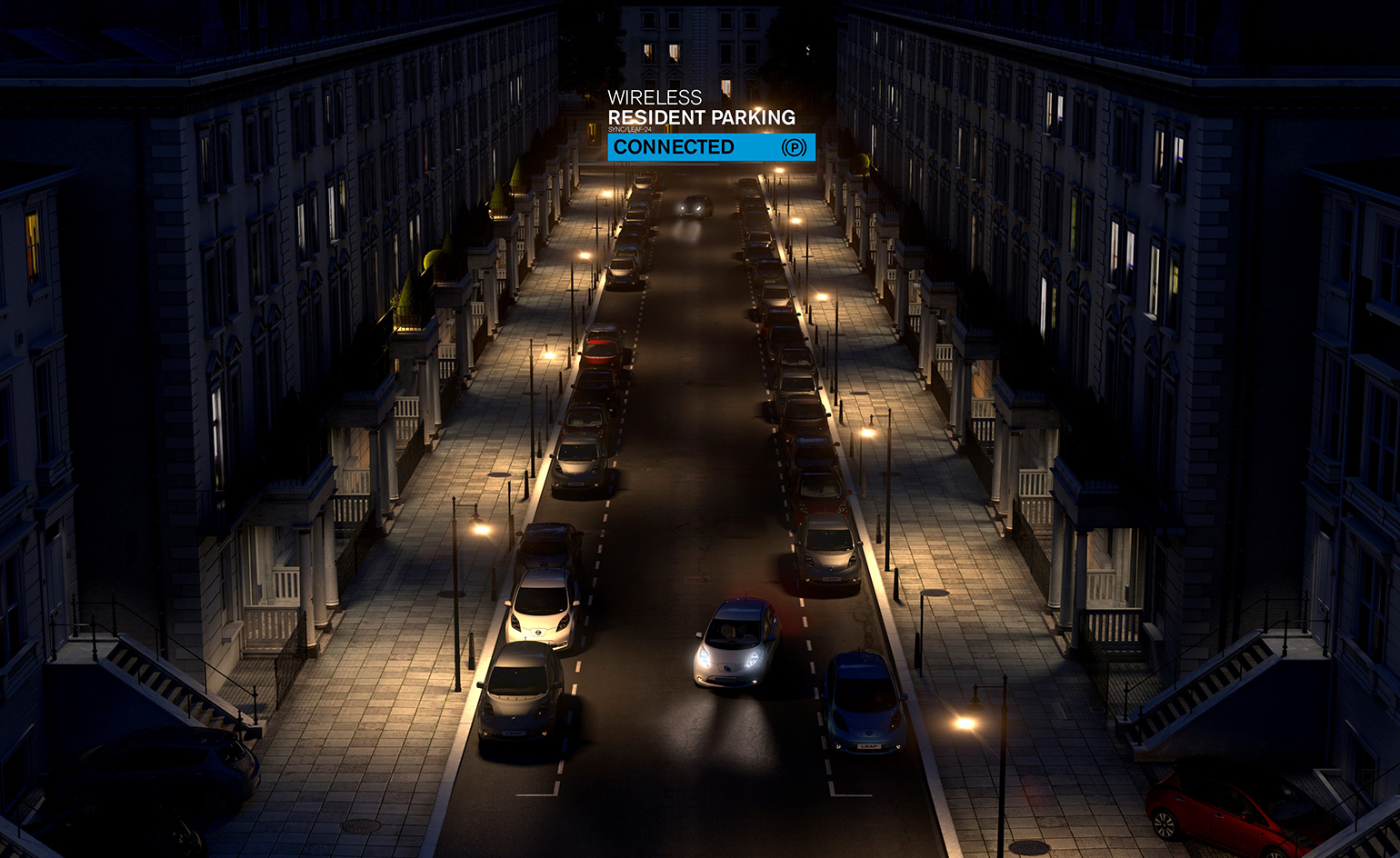
As well as the existing network of chargers – and the potential for a private device at home, should you have the facility – Nissan is keen to branch out into next level thinking
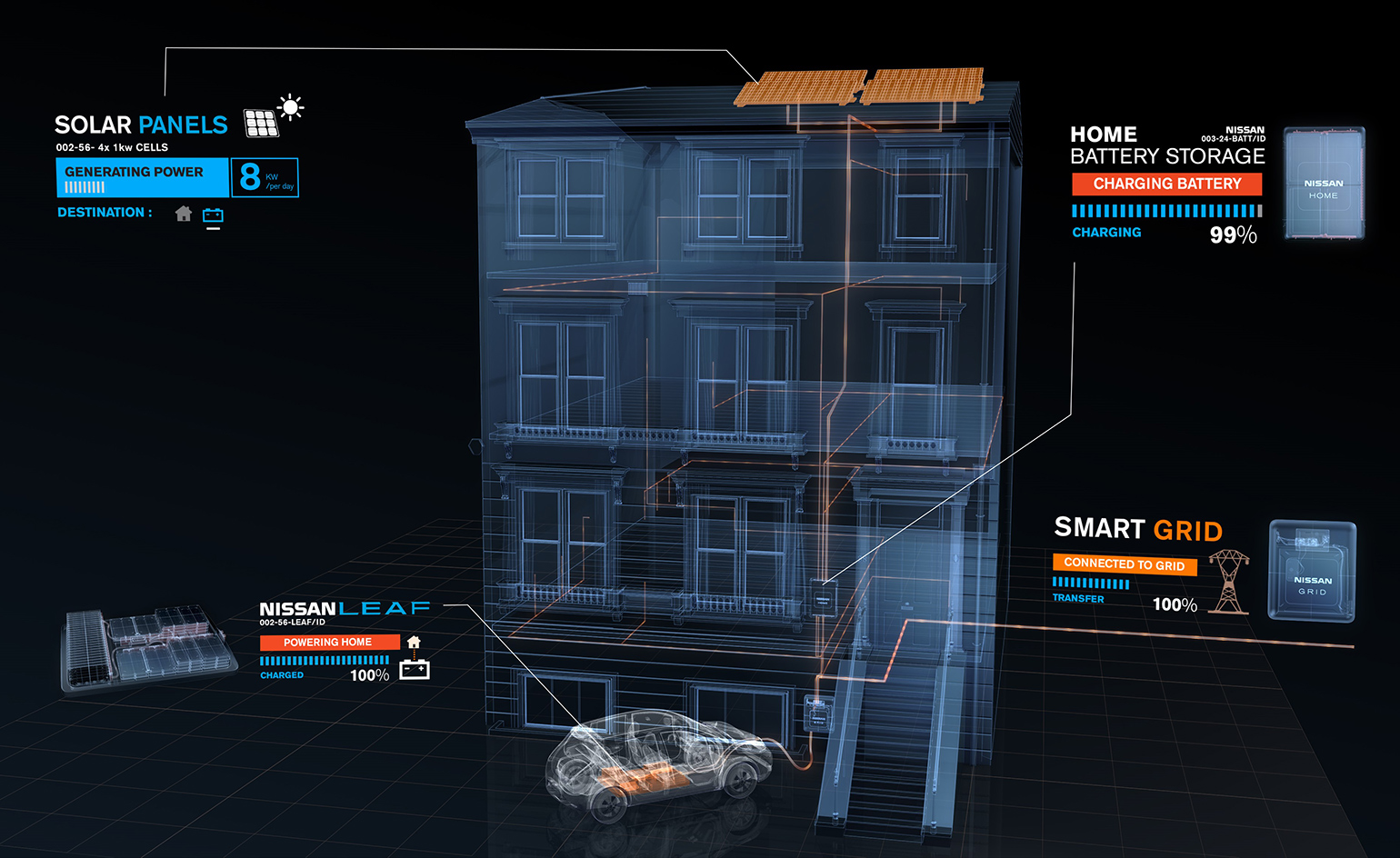
Nissan recently announced its xStorage system, a new ‘vehicle-to-grid’ venture designed to exploit the excess electricity stored in your battery and the fluctuating cost of charging
INFORMATION
Nissan Leaf, from £26,030. For more information, visit the Nissan website
Photography courtesy Nissan
Receive our daily digest of inspiration, escapism and design stories from around the world direct to your inbox.
Jonathan Bell has written for Wallpaper* magazine since 1999, covering everything from architecture and transport design to books, tech and graphic design. He is now the magazine’s Transport and Technology Editor. Jonathan has written and edited 15 books, including Concept Car Design, 21st Century House, and The New Modern House. He is also the host of Wallpaper’s first podcast.
-
 This cult Los Angeles pop-up restaurant now has a permanent address
This cult Los Angeles pop-up restaurant now has a permanent addressChef Brian Baik’s Corridor 109 makes its permanent debut in Melrose Hill. No surprise, it's now one of the hardest tables in town to book
-
 French bistro restaurant Maset channels the ease of the Mediterranean in London
French bistro restaurant Maset channels the ease of the Mediterranean in LondonThis Marylebone restaurant is shaped by the coastal flavours, materials and rhythms of southern France
-
 How ethical is Google Street View, asks Jon Rafman in Copenhagen
How ethical is Google Street View, asks Jon Rafman in CopenhagenIn 'Report a Concern - the Nine Eyes Archives' at Louisiana Museum of Art, Copenhagen, Jon Rafman considers technology's existential implications